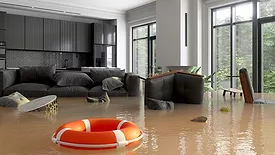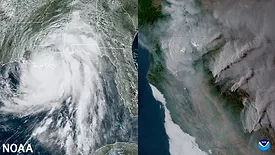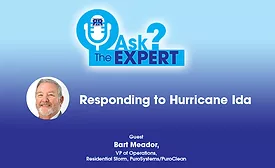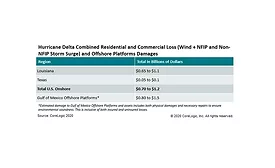Home » flood damage restoration
Articles Tagged with ''flood damage restoration''
How Drying in a Flood House Compares to Drying Structures in the Field
Pulling the Curtain Back on 3 Key Drying School Secrets
Read More
Stay ahead of the curve with our eNewsletters.
Get the latest industry updates tailored your way.
JOIN TODAY!Copyright ©2025. All Rights Reserved BNP Media.
Design, CMS, Hosting & Web Development :: ePublishing














